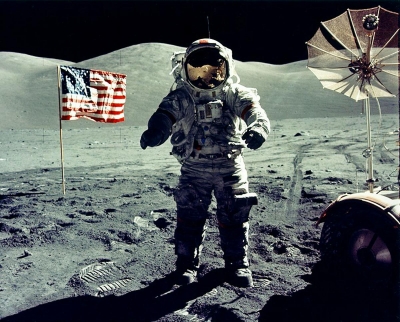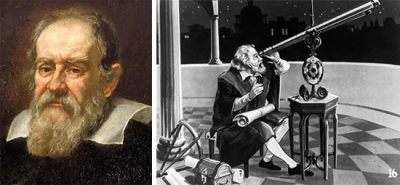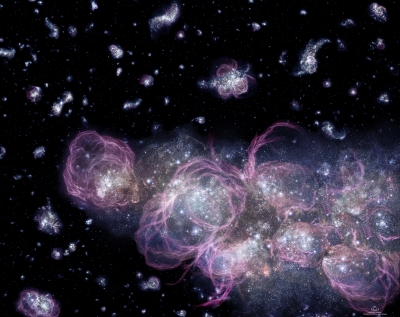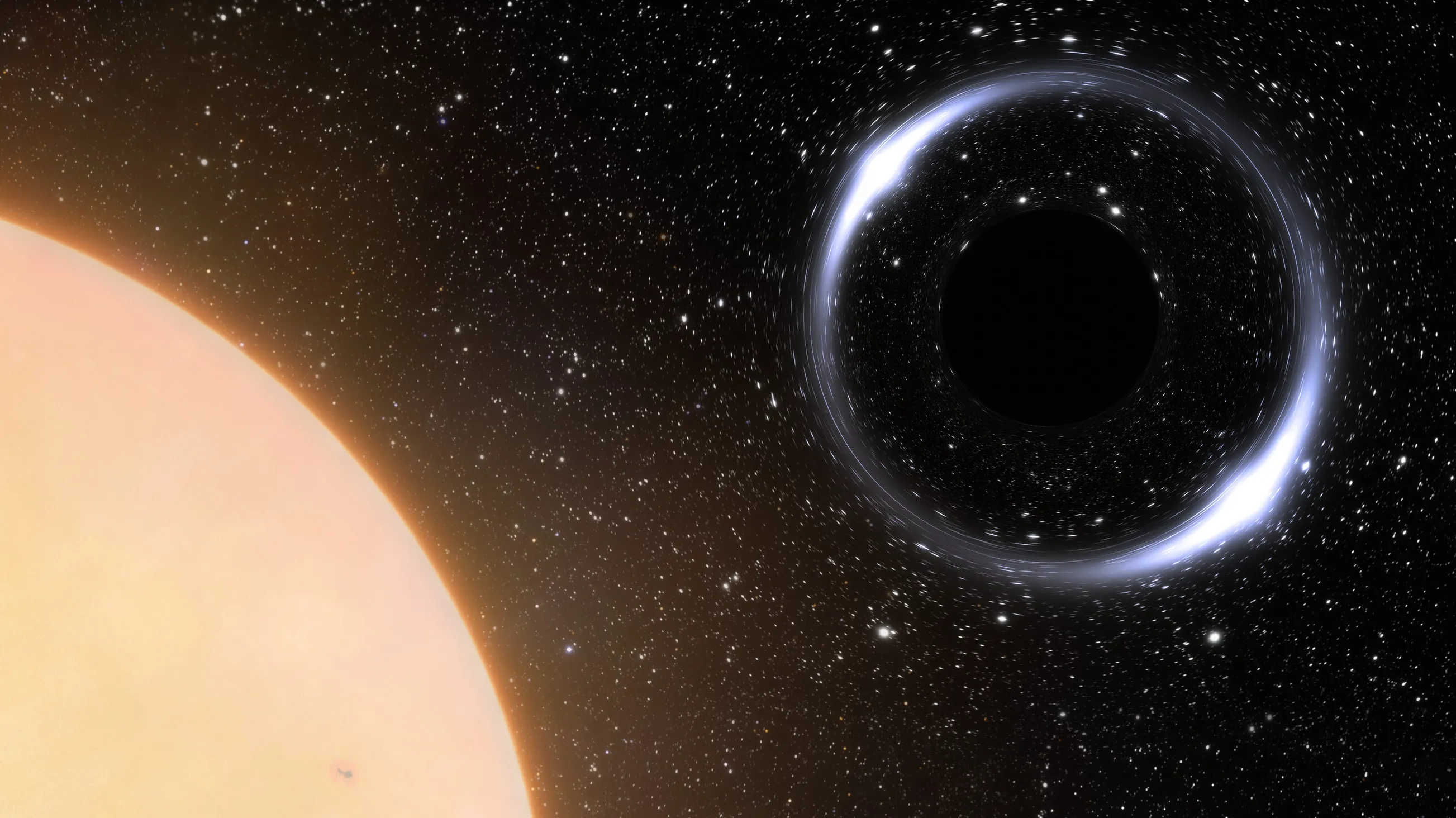
On December 11, 1972, Apollo 17 achieved lunar landing. The sixth mission in the Apollo program to explore the lunar surface, Apollo 17, for now, is the last human expedition to the moon.
Apollo 11 will forever be remembered as the mission which enabled human beings to set foot on the moon, our natural satellite, for the first time. While the first will always remain the the same cannot be said for what is the last such mission, as future missions might take that place. But for the time being, Apollo 17 remains the last human expedition to the moon.
After the success of Apollo 11 in 1969, there were six more Apollo missions to the moon, five of which were successful. As U.S. President John F. Kennedy's objective of landing humans on the moon had been achieved, NASA faced funding cuts. Technology and research-based missions weren't seen as important as the landing itself, forcing NASA to cancel some of the planned missions in 1970. As a result, the Apollo 17 mission of 1972 became the last manned mission to the moon.
Firsts and records
Apollo 17 was a 12-day mission that spanned from December 7-19. Apart from the distinction of being the last human expedition to the moon for now, Apollo 17 also achieved a number of firsts and broke some records. It had the then longest space walk and enabled the collection of the largest lunar samples brought back to Earth. It was the first Apollo mission to be launched at night and allowed a scientist to walk on the moon for the first time.
The scientist in question was Harrison H. Schmitt, a geologist who had been part of the backup crew for Apollo 15. Schmitt was originally scheduled to go on Apollo 18, which was cancelled. The scientific community lobbied for Schmitt's inclusion in Apollo 17. While Schmitt served as the pilot of the lunar module "Challenger", Eugene A. Cernan was commander and Ronald E. Evans was the pilot of "America", the command module.
Following a successful night launch on 7, Apollo 17 achieved lunar orbit insertion on December 10. Then, with Evans orbiting the moon, Cernan and Schmitt flew Challenger and landed on the moon's surface on December 11, touching down within 200 m of the targeted landing point.
Two primary objectives
Apollo 17's two primary objectives were to obtain a specific sample and to explore geologically recent, explosive volcanism. The former was achieved as they retrieved the oldest known unshocked (unaltered by meteoric impact) rock from the moon. This sample, called Troctolite 76535, is believed to be at least 4.2 billion years old.
The second objective was met as Schmitt discovered orange soil near Shorty crater. This colour was the result of orange and black volcanic glass that had formed in the type of volcanic eruption that is referred to as "fire fountain" on Earth.
Cernan and Schmitt were on the lunar surface for 75 hours, the longest till now. They clocked 22 hours of extravehicular activity (EVA) with the help of their rover and travelled about 36 km. They went as far as 7.4 km away from the Challenger, close to the limit of what was considered the walk-back distance possible, should the rover have failed. Apart from conducting various experiments, they took over 2,000 photographs and collected 110 kg worth of soil and rock samples from 22 different sites.
Last man on the moon
Following the third and final EVA, the duo televised the unveiling of a plaque with a message, which they left on the moon. On December 14, Cernan took humankind's final step, to date, off the moon.
After lifting off from the moon, the Challenger was docked with America on December 15. Four days later, on December 19, the Apollo 17 capsule splashed down in the Pacific Ocean at a distance of 6.5 km from the recovery ship, after a mission elapsed time of 301 hours.
For 50 years, Cernan has often been referred to as the last man on the moon. With NASA's Artemis program aiming to return to the moon and even set up a sustained human presence, it might not be long before the next human being sets foot on the moon.
Picture Credit : Google


